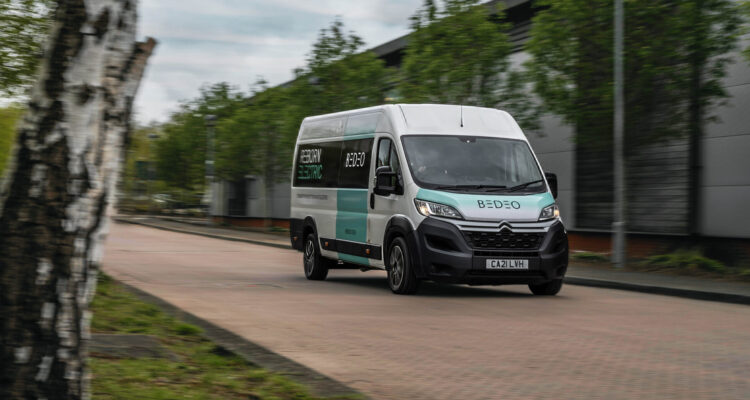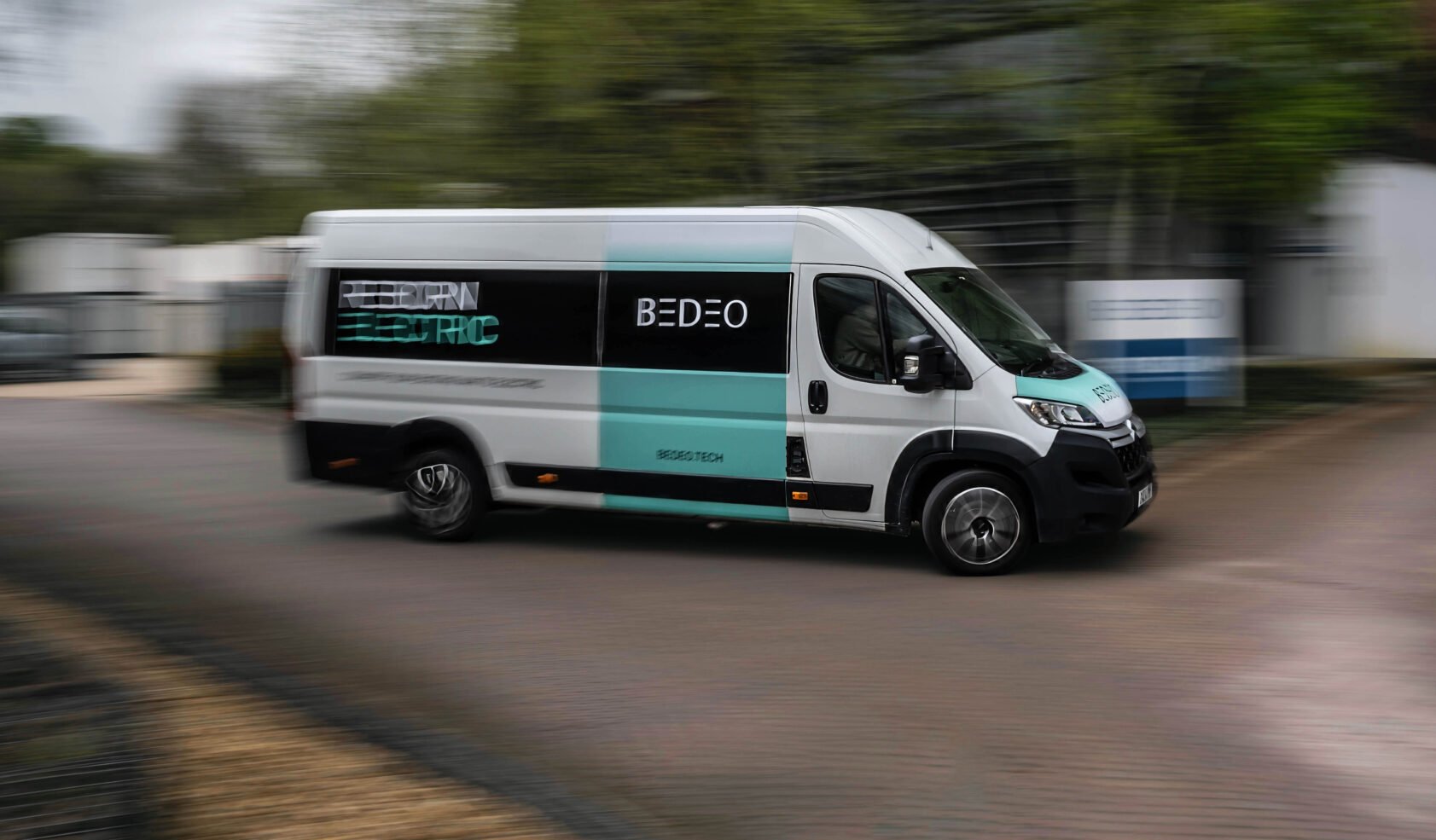Fleet managers face a critical decision – how to power their expanding commercial vehicle fleets. Recent figures from the Society of Motor Manufacturers & Traders (SMMT) underscore the pressing need for a significant boost in the transition to electrification for commercial vehicle applications. Osman Boyner, Founder and CEO of BEDEO sheds light on what the UK Government and policymakers must do to encourage commercial vehicle fleet managers to embrace electric power.
The latest data from the SMMT reveals a concerning trend in the electric light commercial vehicle (eLCV) sector, with registrations plummeting year-on-year to -42.4%. While SMMT suggests an urgent need to ramp up van charge point rollout, BEDEO believes that charging infrastructure isn’t solely to blame for the decline in eLCV registrations. Despite a promising start in 2015, there’s still much ground to cover.
Nearly a decade ago, the UK led the charge in promoting electric vehicles (EVs) to meet climate targets and combat air pollution. Government initiatives, including grants like the Plug-In Van Grant (PIVG) and free entry into the Congestion Charge (normally £15), spurred the adoption of electric commercial vehicles. However, the transition to electric has slowed, leaving many to wonder why commercial fleet managers are hesitant to ditch diesel for electric power.
The confused fleet manager in a fluctuating economy
In an uncertain economic climate, commercial vehicle fleet managers prioritise total cost of ownership (TCO), vehicle uptime, and expenditure on fuel and repairs. Lower operating costs and increased uptime lead to greater profitability. However, despite the low running costs of eLCVs, the upfront purchase price remains a barrier, especially with the impending end of incentives like the PIVG and cessation of the Congestion Charge exemption (in 2025).
When we look at the cost and investment, the outright ‘RRP’ purchase price of a Ford e-Transit Double Cab vs a diesel-powered Ford Transit Double Cab is 12% more expensive (before tax and using the £5,000 PIVG, which is due to end soon). Similarly, a Mercedes-Benz eSprinter Panel Van vs a diesel Mercedes-Benz Sprinter Panel Van is 11% more expensive (before tax and using the £5,000 PIVG, which is due to end soon). Of course, the prices for the diesels are ‘RRP’ list, but I know from working in the industry that the outright transaction price of diesel vans are much more heavily discounted, meaning the eLCV equivalent model can be even more expensive than these projected percentages.
When the plug-in van grant ends, those figures double to 24% and 22%, respectively. In a fluctuating economy, where reducing or maintaining the level of expenditure is crucial, and maintaining a low TCO is paramount, the retention of Government support like the PIVG is crucial. Moreover, regulatory uncertainty adds to the reluctance to transition to electric. With shifting targets and rules, fleet managers struggle to plan for the future. While the initial aim was to phase out internal combustion engines (ICE) by 2030, the deadline has been extended to 2035. This uncertainty hampers investment in electric commercial vehicles.
Surely there’s another option to go electric?
There is another option – retrofitting used, large diesel vans to run on cleaner electrified powertrains, but it needs Government backing and regulation. BEDEO has been at the forefront of electrification of large vans since its inception in 2008, and in 2019, were responsible for manufacturing, homologating and delivering new eLCVs for the now Stellantis Group. Our Reborn Electric programme offers two options: to renew and re-energise diesel large vans, in RE-100 hybrid form, or the BE format, with a choice of batteries and range options (up to 226 miles WLTP).
Yet, despite these compelling benefits, retrofit conversions have yet to receive the attention they deserve in the discourse surrounding electric vehicle adoption. Governments and industry stakeholders must recognise the potential of retrofit conversions as a complementary strategy to accelerate the transition to electric mobility. Policy support in the form of grants, incentives, and regulatory frameworks tailored to retrofit conversions can incentivise businesses to embrace this cost-effective approach to electrifying their fleets.
How must the UK Government step in?
As the SMMT figures show, the market is unsure about the transition to electrification now. Earlier in the year, the British Vehicle Rental and Leasing Association (BVRLA) warned there’d be a potential for a significant hurdle in the fleet industry decarbonisation plan, as highlighted in the Zero Emission Van Plan. With both the data to support and industry guidance at the forefront of our minds, we need our Government to help support us. The Government’s intervention is crucial to accelerating the transition towards sustainable transportation, and not just focused on buying brand new.
I recommend policymakers prioritise initiatives addressing these challenges head-on. Tailored subsidies, tax breaks, and grants can bridge the affordability gap and spur demand in this segment, such as introducing a version of the PIVG for used vans, alongside the existing Office for Zero Emission Vehicles (OZEV) PIVG for brand-new vans.
Additionally, fostering innovation in EV technology and vehicle design specifically for LCVs is paramount to enhancing competitiveness. Collaborative efforts between government agencies, industry stakeholders, and research institutions can drive advancements in critical areas such as lightweight materials, efficient drivetrains including in-wheel motors, and scalable battery solutions, which would further accelerate the development and uptake of solutions that can reduce emissions now as well as offering superior performance, efficiency, and affordability.
Author: Osman Boyner, Founder and CEO of BEDEO




















